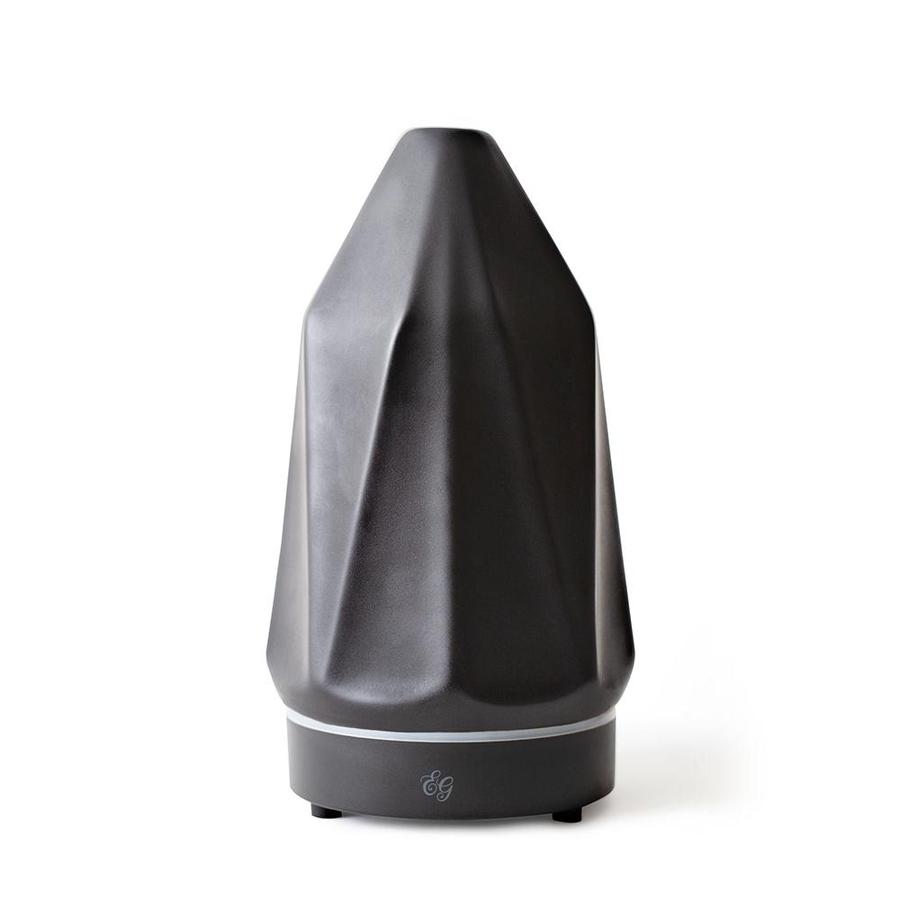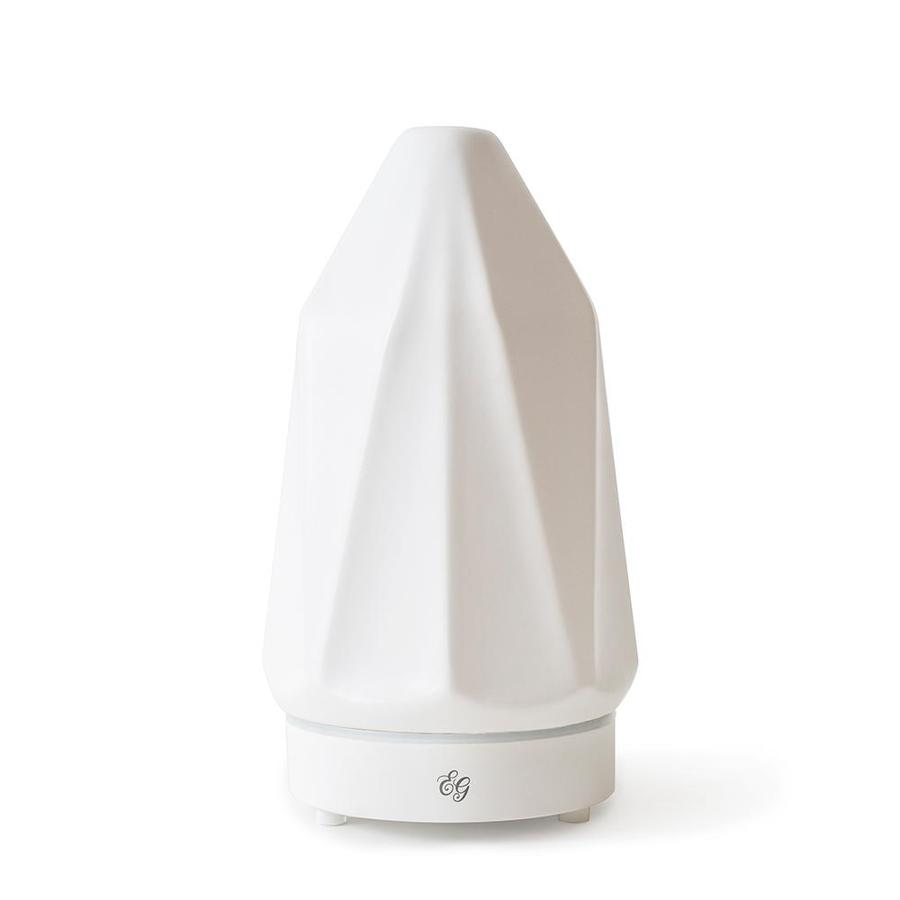The Ultimate Guide to Pets + Diffusers

Pets. It’s probably no coincidence that the word is both a noun and a verb. We love them and they love it — pets, that is. Few things bring daily joy like walking through the door to find your dog, cat or other loveable creature awaiting your arrival. Something we also love? Essential oils. Unfortunately, those two things don’t always go well together. The main reason, of course, is safety. So, let’s take a dive into the What, When, Why and How in our tail-all guide to diffusers and your pets.
The Basics
Diffusing isn’t the only avenue you can take to enjoy aromatherapy. That may be obvious to anyone other than the EO beginner, but it’s important to remember. Applying your favorite essential oils with a pre-diluted roll-on or lotion is a fantastic option that many people opt for. However, diffusing is often the best way to share the benefits of aromatherapy with family and houseguests. One houseguest that might not take too kindly to the diffuser? Yep, pets.
As we’ve mentioned before, some animals have a sense of smell that is 10,000 to 100,000 times more sensitive than humans. Think of it like this: when you diffuse 10 drops of your favorite EO, it’s like diffusing 100,000 drops to some animals. And depending on the essential oil you’re diffusing, it can also negatively affect pets beyond simply overwhelming their olfactory system.
You might be wondering, “Okay, EG, but which pets are more sensitive to the EOs I diffuse?” Follow us for the answer!
Cautionary Tails
Dogs & Essential Oils: A Tail Of Cautious Friendship
Dogs can actually benefit from safe diffusion. Botanical aromas, specifically, can soothe your pup’s minor aches, help remedy skincare issues and serve as a helpful tool during training. Again, we recommend caution when diffusing any EO, as smaller dogs, hairless breeds and pups with pressed noses can experience adverse effects. Additionally, puppies should be between 4 and 6 months old before being introduced to essential oils.
Livestock & Diffusers
Livestock can also enjoy the benefits — with the right plan, of course. When you have an aroma that you’re keen on diffusing, slowly introduce it to your animal, careful to study their reaction each time. You might be asking what “livestock” entails, and we’re here to tell you that horses, donkeys, cattle, goats, sheep and pigs all fit the bill. Though llamas and alpacas are not designated as hooved animals, they, too, can benefit from aromatherapy. As always, please exercise caution when acclimating them to the aroma of your choice. This means not placing the diffuser too close to the animal’s stall. A good rule of thumb is to introduce the animal to one drop of EO on a tissue or scent strip.
Fish, Amphibians & Reptiles (& Others) — Oh My!
There are some animals that do benefit from diffused essential oils and then there are those that don’t. Every animal in this section falls into the latter category. From fur to feathers to scales, these creatures are extremely sensitive to EO aromas and their properties, so avoid diffusing around them.
Fish, amphibians and reptiles have a delicate pH balance, which means diffusing something as strong as an essential oil has the potential to disrupt that. So, if you’re a pet parent of a turtle, snake, lizard or fish, then keep diffused essential oils far, far away from them. Additionally, never clean an animal’s tank or terrarium with essential oils.
You might be wondering about the bevy of other furry pets. Adorable creatures like gerbils, ferrets, guinea pigs, hamsters, mice, rabbits and rats, to name but a few. It’s a great question, as not every animal lover has the room or time for a dog or cat. When it comes to pet rodents and small mammals, diffusing with caution is a standard rule of thumb. To be on the safe side, we recommend that you avoid diffusing in the same room as your extra-small pets.
Feline Facts
Cats are extremely sensitive to essential oils, especially those that are diffused, as they don’t metabolize essential oils in the same way humans and other animals can. We strongly recommend separating your diffuser and your feline friends. However, if you don’t have a choice, at the very least allow them an escape route from the room.
A Few Other Tails Of Caution
As we begin to wind down our guide, it’s important to touch on a few final, albeit important, bits of information that can keep your pets safe and sound. Any species of pregnant or nurse animal should avoid the diffusing of essentials oils. Additionally, young animals should avoid essential oils.
6 Quick Tips For Diffusing Around Animals
So, let’s say you have an animal that can benefit from diffusing EOs. Lucky you (and your pet). Follow these quick tips to ensure their safety and your peace of mind.
- Avoid using synthetic fragrance around anyone — animals or otherwise.
- Diffuse in a well-ventilated area.
- Ensure your animals have the ability to remove themselves from the area of diffusion (leave doors opened).
- If an adverse reaction occurs, discontinue use and seek medical attention from a veterinarian.
- Even when diffusing around animals that aren’t sensitive to essential oils, diffuse for 10-15 minutes intermittently. Constant diffusing could still be harmful to your pets.
- Remember to keep your diffuser out of reach of your pets, as they may chew through the cord(s).
- Remember, if you happen to apply your essential oils topically, do not let your pets lick your skin.
Have more questions about pets, diffusing and where two shall (or shall not) meet? Leave us a comment below!
Disclaimer: We are not animal aromatherapists. Given that there are a limited number of studies on animal aromatherapy, therefore, we take a conservative approach in the matter. If you’d like to learn more, we recommend you follow animal aromatherapists here and here.
Grab The Essentials Here:
Leave a comment (Comments will be approved before showing up)
6 comments
Nichole
Hi! I’m wondering if the blooming ceramic diffuser would be better in a home with cats, than the other types of diffusers. Thanks!
Edens Garden
Hi Dillon! Please reach out to our aromatherapist for more info on diffusing around pets: aaa@edensgarden.com
You can also find aromatherapy and pet safe guidelines here: https://cdn.shopify.com/s/files/1/0380/8537/files/Animal_Aromatherapy_Safety_Update_2016.pdf?v=1613539044
Dillon
Hi team -
When using a room diffuser with pets how many drops do you advise of the EO, also I love you have a list of pet safe oils I would love if you guys also included them maybe in their own section especially your blends just to make shopping for pet safe blends easier to navigate. Thank you!
Edens Garden
Hi Stephanie! This should not affect your cats, though we do recommend discontinuing use around your cats if they seem bothered by it.
Stephanie Walker
If I use body oils, it won’t hurt my cats if they get in my bed or rub against me will it?












Edens Garden
December 7, 2021 at 3:07 pm
Hi Nichole! Yes, the Bloom Diffuser is a good choice when using essential oils around pets.